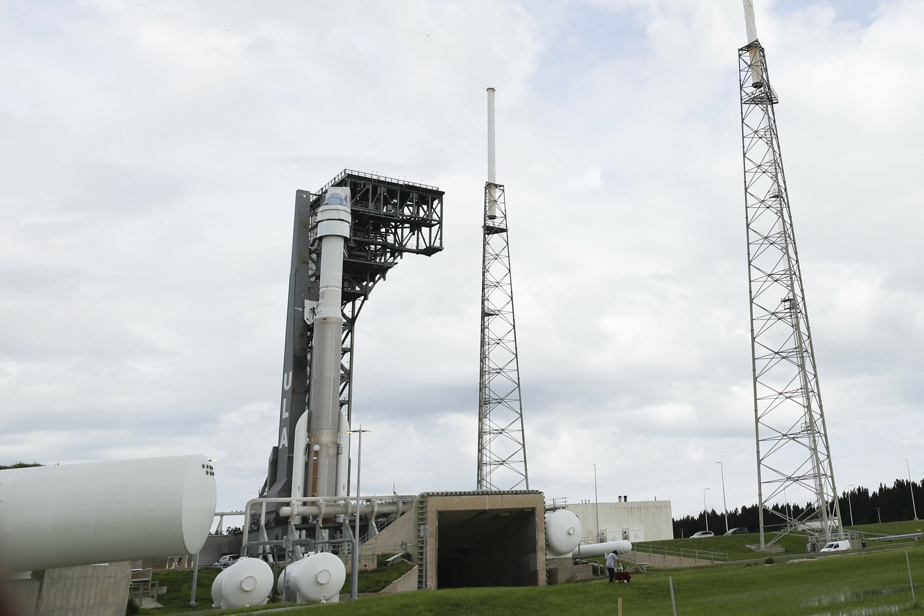(Washington) Boeing’s faltering Starliner space capsule may face further delays after the company said Thursday that it is working to fix problems with oxidation valves in the propulsion system.
The spacecraft’s last launch to the International Space Station, scheduled for August 4, has been canceled due to problems with the propulsion system, and it remains unclear when the next test flight will be scheduled.
“Over the past two days, our team has taken the time necessary to safely access and test the impacted valves, without the launch window being dictated by our speed,” said John Vollmer, Vice President and General Manager, Starliner.
The company said in a statement that a new launch date will be announced when the spacecraft is ready.
This incident is the latest for Boeing since its contract with NASA to carry astronauts into low Earth orbit.
After ending its space shuttle program in 2011, NASA secured Boeing and SpaceX services so they would not need Russian rockets to reach the International Space Station.
It is critical that Boeing successfully completes its unmanned flight mission to the International Space Station before it can safely transport its astronauts.
SpaceX has already carried out three manned missions, bringing at least a dozen astronauts to the space station, including Frenchman Thomas Pesquet, aboard his Crew Dragon spacecraft.
For its part, Boeing lagged behind. In December 2019, during the first test flight, a software issue caused an issue with the thrusters.
The Starliner did not have enough fuel to reach the International Space Station and had to return to Earth prematurely. Then, an investigation showed that the capsule nearly experienced a serious flight anomaly as it entered the atmosphere.
NASA called the mission a “high-visibility close call,” a rare name reserved for flights that have come close to disaster.

“Proud thinker. Tv fanatic. Communicator. Evil student. Food junkie. Passionate coffee geek. Award-winning alcohol advocate.”

